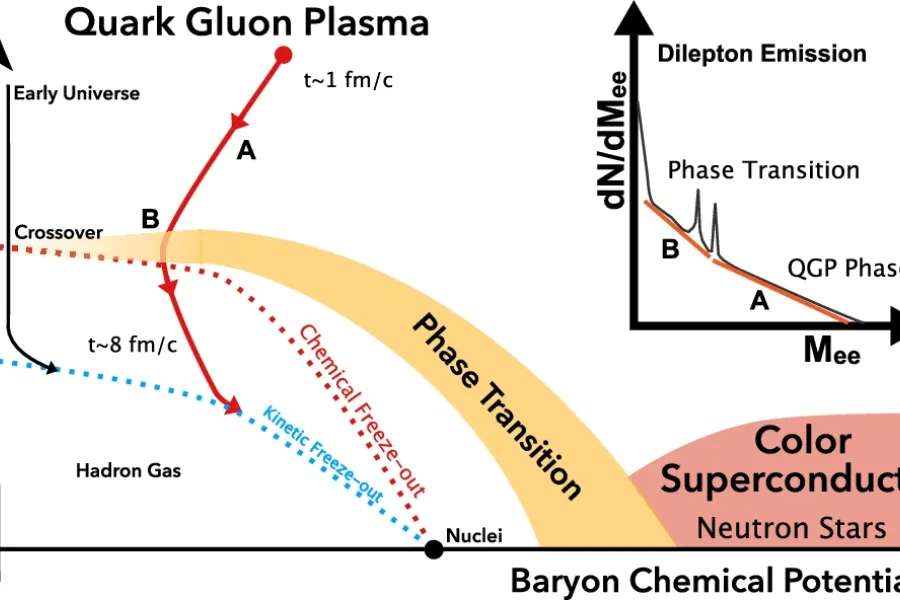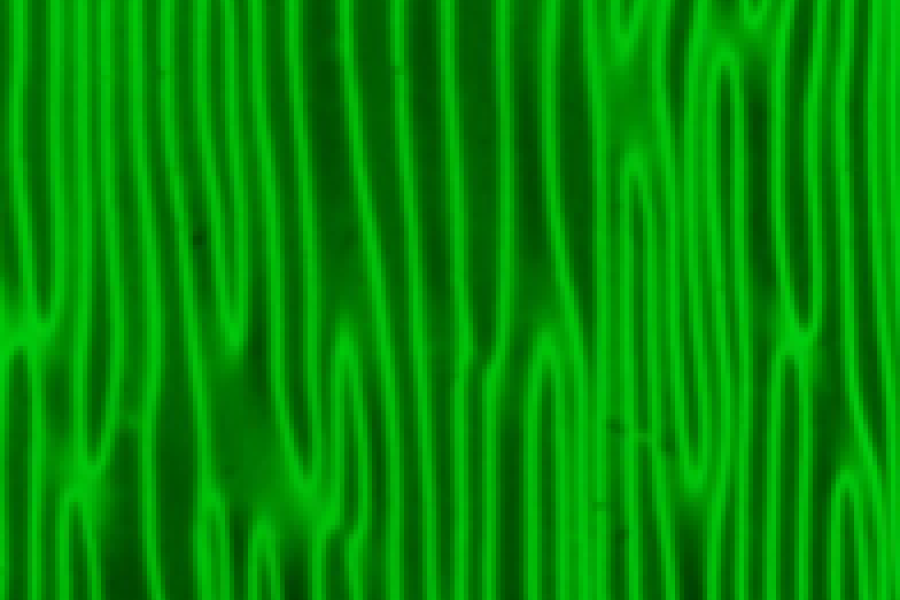College of Arts and Science

Kent State Scientists Help Measure Primordial Matter at Trillions of Degrees
UPTON, N.Y. — October 14, 2025 — An international team of researchers has directly measured the temperature of quark-gluon plasma (QGP) — the superhot primordial matter that filled the universe just millionths of a second after the Big Bang. Among the leaders of this breakthrough is Kent S…
Physics

US DEPARTMENT OF ENERGY GRANTS PRESTIGIOUS RESEARCH AWARD TO PHYSICS PHD STUDENT
US Department of Energy grants graduate student research award (SCGSR) to Physics PhD student Maci Kesler at Kent State University
Physics

College of Arts and Sciences Welcomes Class of 2028 with Glow Sticks, Ice Cream, and Words of Wisdom
On Friday, August 16, 2024, the College of Arts and Sciences welcomed its class of 2028 to Kent State University. Many freshmen got their first chance to meet Dean Mandy Munro-Stasiuk, Ph.D., along with several other leaders of the College who shared their advice for success at Kent State. Fun SWAG …
College of Arts & Sciences

Kent State University physics alumna Dr. Dekrayat Almaalol receives 2024 Leona Woods Lectureship Award
Kent State University Physics alumna Dr. Dekrayat Almaalol receives 2024 Leona Woods Lectureship Award from Brookhaven National Laboratory.
Physics

Kent State University hosts total eclipse events
Kent State University hosts the total eclipse events.
Physics

Kent State University Department of Physics hosts eclipse planetarium shows and more
Kent State University Department of Physics hosts eclipse planetarium shows and more.
Physics
Dr. Oleg Lavrentovich and collaborators publish an article in Science on ferroelectric liquid crystals
Dr. Lavrentovich, professor of Physics at Kent State University, and collaborators publish an article in Science.
Advanced Materials and Liquid Crystal Institute

Dr. Oleg Lavrentovich and collaborators publish an article in Science on ferroelectric liquid crystals
Dr. Lavrentovich, professor of Physics at Kent State University, and collaborators publish an article in Science.
Physics

Dr. Zhangbu Xu joins the Kent State University Department of Physics faculty
The Kent State University Department of Physics is proud to welcome our newest faculty member, Dr. Zhangbu Xu.
Physics

MCLS Professor Receives Fulbright U.S. Scholar Award for 2023-2024
Brian James Baer, Ph.D., a professor of Russian and Translation Studies at Kent State University, has received a Fulbright U.S. Scholar Program award to Estonia for the 2023-2024 academic year from the U.S. Department of State and the Fulbright Foreign Scholarship Board. He will be teaching and c…
College of Arts & Sciences